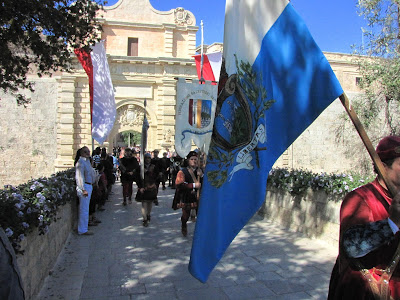Maltese Buses
As they decided to change the public transport in July 2011 I wanted to take some photos of the old Maltese buses. Some of them are in a good condition but some are horrible.
As they decided to change the public transport in July 2011 I wanted to take some photos of the old Maltese buses. Some of them are in a good condition but some are horrible.
A typical Maltese bus needs to be yellow. Most of them are very old with a wooden trim inside. They were usually dirty inside with many old tickets scattered on the floor. Some of them had broken or torn seats. Few were new but even those were in a bad state.
Sometimes the old bus needed to reduce gears to a very low one on a tiny hill and polluted the air. The best place to see almost all kinds of buses was Valletta bus terminal situated in front of the Valletta City Gate from where buses start their routes.
Timetable informed about routes, time at which the bus started from a particular town and about the time of the last bus. You could find information about tickets too. But it wasn’t like a normal time schedule because it didn’t have any information about times at different bus stops.
The drivers weren’t always friendly and or they didn’t give you small change back. Probably the most horrible one was the route from the airport where they could charge you for baggage without giving you any ticket. From 3th July Arriva – the new company will start operating in Malta and we will see how it will work.
The old drivers have had special courses in customer care, some of them didn’t get a new job and all old buses has been replaced by new ones.
City Gate In Valletta
The government has decided to replace the old city gate to Valletta with a new one. The competition was won by architect Enzo Piano and the gate will be the 5th main gate to the capital city since 1566.
The government has decided to replace the old city gate to Valletta with a new one. The competition was won by architect Enzo Piano and the gate will be the 5th main gate to the capital city since 1566.
The new city gate will be a simple construction with a simple eight metre wide breach in the bastions. The last City Gate was inaugurated in 1964 and it was a part of the project that never materialised, that of redeveloping the entrance to Valletta and the Royal Opera House. Its Italian modernism design was the source of controversy and finally led to the gate demise earlier this year when it was demolished.
The original and first gate, which was known as Porta San Giorgio, was designed by a military engineer Francesco Laparelli de Carotona and was erected between 1566 and 1569.
It was replaced in 1632 with a more ornate gate designed by a Maltese architect Tommaso Dingli. Dingli's design consisted of a central archway with a smaller arch at each side, and a wooden drawbridge across the deep, dry moat that lies immediately outside the walls of Valletta. In 1853 a new gate was designed by a certain Col. Thompson of the Royal Engineers consisting of two central arches with two smaller ones.
Now they destroyed the old City Gate and everything is under construction.
http://www.maltainsideout.com/1936/renzo-pianos-plans-for-city-gate-valletta/
http://www.timesofmalta.com/articles/view/20090627/local/the-new-city-gate-and-parliament.262727
http://www.maltainsideout.com/1936/renzo-pianos-plans-for-city-gate-valletta/
http://www.timesofmalta.com/articles/view/20090627/local/the-new-city-gate-and-parliament.262727
Medieval in Mdina
On the 7th and 8th May the ‘Medieval Mdina Festival’was held in Mdina. Inside this old town there were 2 days of different medieval events. We decided to visit the last day of festival.
On the 7th and 8th May the ‘Medieval Mdina Festival’was held in Mdina. Inside this old town there were 2 days of different medieval events. We decided to visit the last day of festival.
The event was well advertised and we got a good brochure about what and where was going on.
http://www.medievalmdina.eu/home.php
In the city there were a few points where the events took place. Firstly, We found the Black Company near the city gate who had a battle there.
http://www.medievalmdina.eu/home.php
In the city there were a few points where the events took place. Firstly, We found the Black Company near the city gate who had a battle there.
The re-enactments of knights fights were good for children there should have been a show of Birds of Prey but we weren’t on time there. Near the basilica there were other re-enactments and when we walked through the beautiful streets we met a group of musicians.
In the Ditch we found a small medieval village and there we were on a event called ‘San Marino Ballesrieri’ which was like a rifle competition with crossbows.
The crossbows were really big and they had a special support for shooting. All arrows in the target were very close to each other.
During those days all museums in Mdina offered 30% discount and many people, even Maltese ones, decided to visit and see exhibitions.
During those days all museums in Mdina offered 30% discount and many people, even Maltese ones, decided to visit and see exhibitions.

















































No comments:
Post a Comment